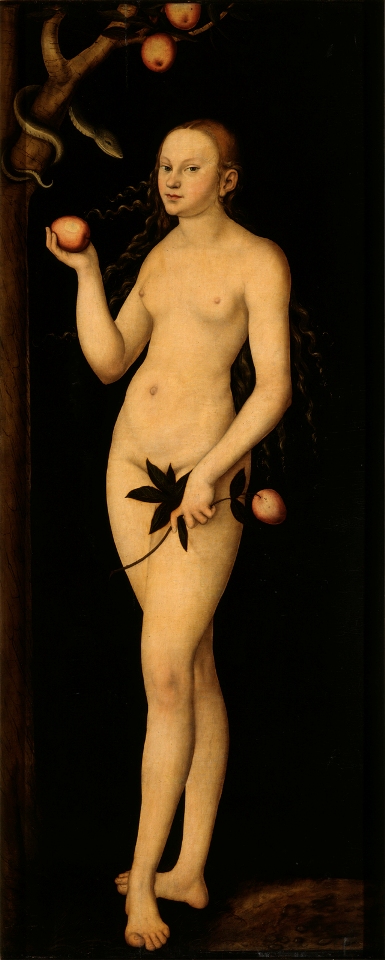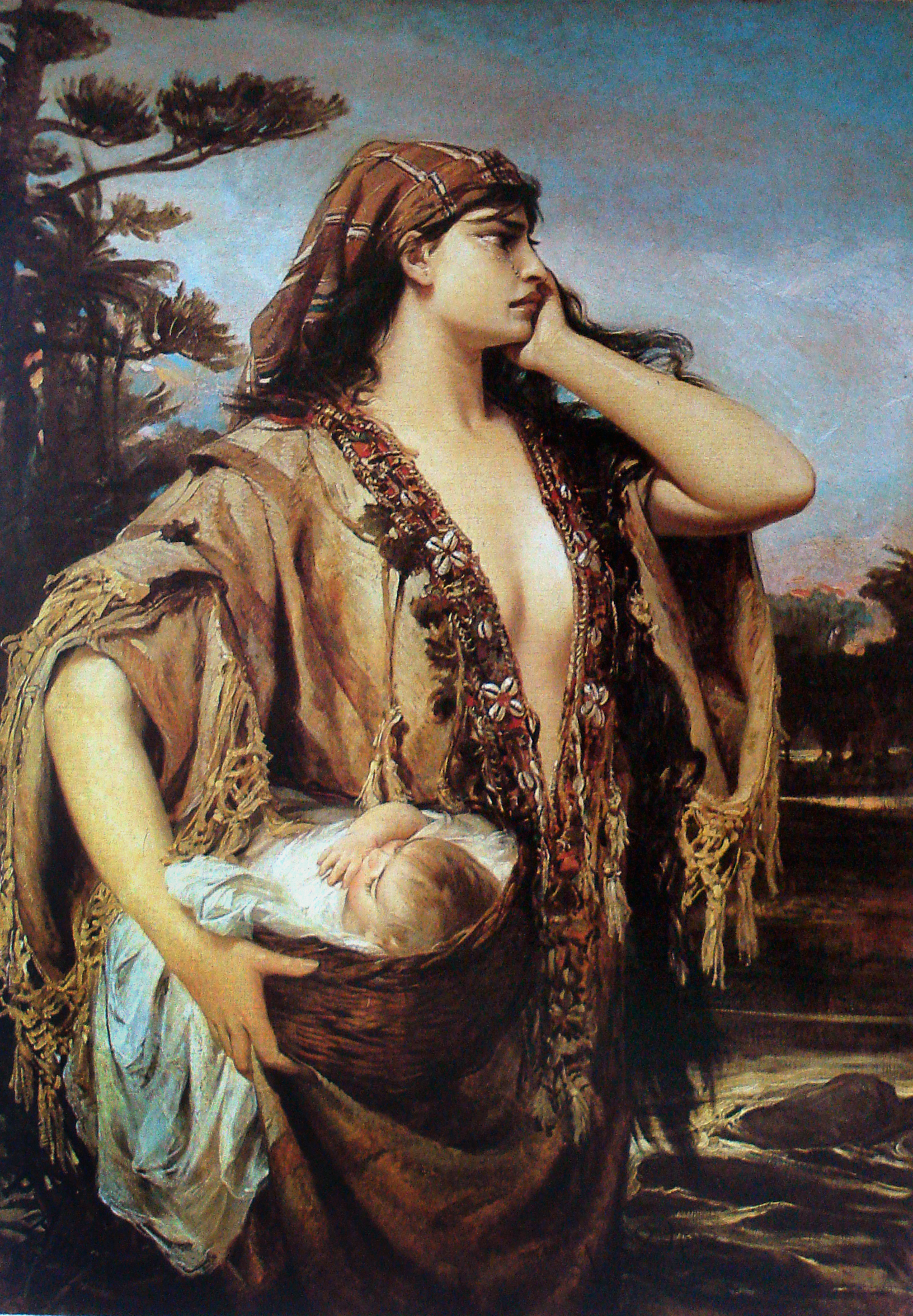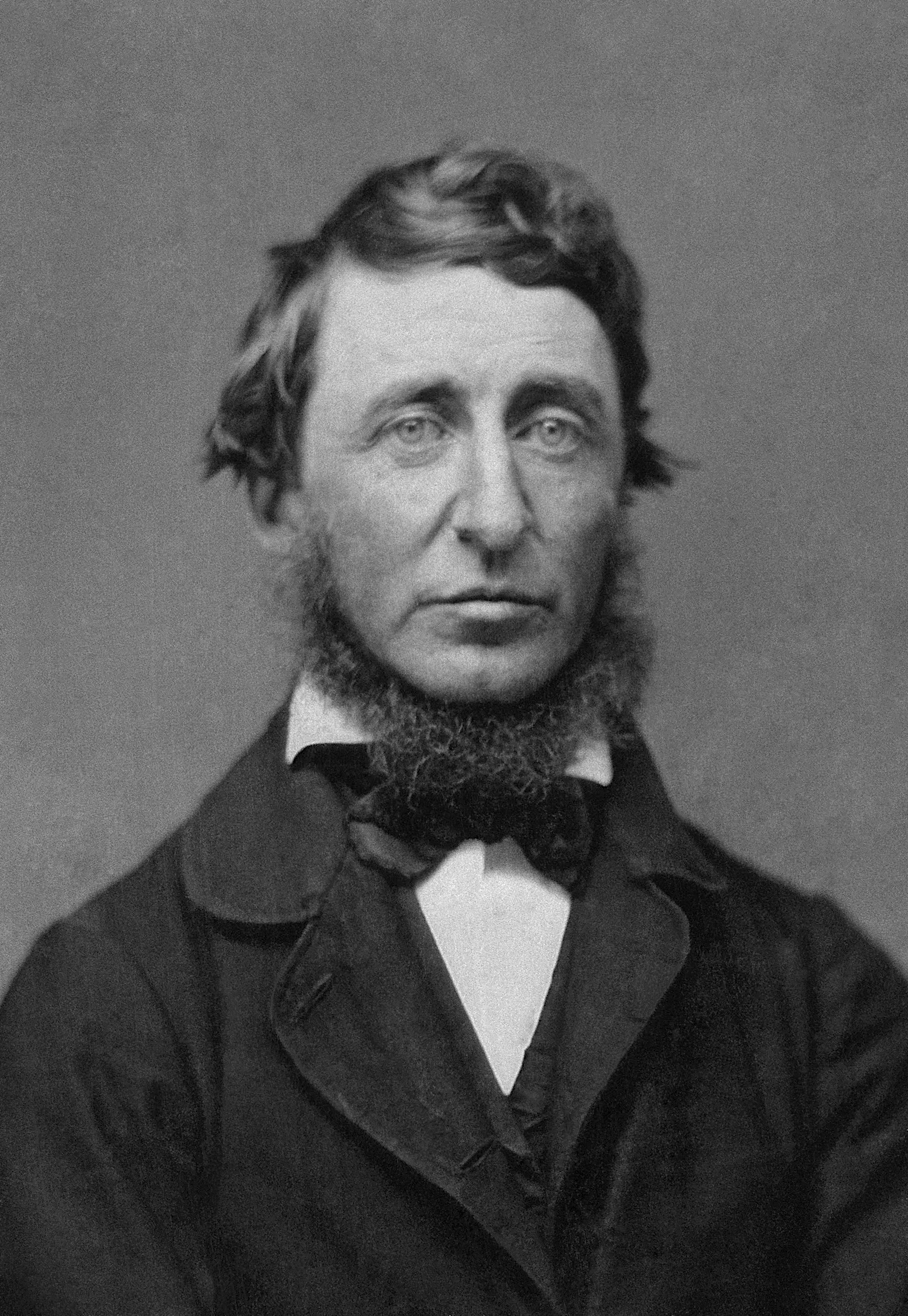|
Shiphrah
Shiphrah ( he, שִׁפְרָה ') and Puah ( he, פּוּעָה ') were two midwives who briefly prevented a genocide of children by the Egyptians, according to Exodus 1:15–21. According to the Exodus narrative, they were commanded by the King of Egypt, or Pharaoh, to kill all male Hebrew babies, but they refused to do so. When challenged by the Pharaoh, they told him that Hebrew women's labour was short-lived because they were 'lively' or 'vigorous', and therefore the babies had been born (and protected) before the midwives arrived. God "dealt well with the midwives" and "made them houses". Exodus 1:15–1:21 15 And the king of Egypt spoke to the Hebrew midwives, of whom the name of the one was Shiphrah, and the name of the other Puah; 16 and he said: 'When ye do the office of a midwife to the Hebrew women, ye shall look upon the birthstool: if it be a son, then ye shall kill him; but if it be a daughter, then she shall live.' 17 But the midwives feared God, and did not as ... [...More Info...] [...Related Items...] OR: [Wikipedia] [Google] [Baidu] |
Midwives
A midwife is a health professional who cares for mothers and newborns around childbirth, a specialization known as midwifery. The education and training for a midwife concentrates extensively on the care of women throughout their lifespan; concentrating on being experts in what is normal and identifying conditions that need further evaluation. In most countries, midwives are recognized as skilled healthcare providers. Midwives are trained to recognize variations from the normal progress of labor and understand how to deal with deviations from normal. They may intervene in high risk situations such as breech births, twin births, and births where the baby is in a posterior position, using non-invasive techniques. For complications related to pregnancy and birth that are beyond the midwife's scope of practice, including surgical and instrumental deliveries, they refer their patients to physicians or surgeons. In many parts of the world, these professions work in tandem to provide ... [...More Info...] [...Related Items...] OR: [Wikipedia] [Google] [Baidu] |
Women In The Hebrew Bible
Women in the Bible are wives, mothers and daughters, victors and victims, women who change the course of important events, and women who are powerless to affect even their own destinies. Ancient Near Eastern societies have traditionally been described as patriarchal, and the Bible, as a document written by men, has traditionally been interpreted as patriarchal in its overall views of women. Marital laws in the Bible favor men, as do the inheritance laws there, and women are under strict laws of sexual behavior with adultery a crime punishable by stoning. A woman in ancient biblical times was always subject to strict purity laws, both ritual and moral. The majority of women in the Bible are unnamed, with named women making up only 5.5 to 8 percent of all named characters in the Bible. Recent scholarship accepts the presence of patriarchy in the Bible, but shows that ''heterarchy'' is also present: heterarchy acknowledges that different power structures between people can exi ... [...More Info...] [...Related Items...] OR: [Wikipedia] [Google] [Baidu] |
Pharaohs In The Bible
The Bible makes reference to various pharaohs ( he, , ''Parʿō'') of Egypt. These include unnamed pharaohs in events described in the Torah, as well as several later named pharaohs, some of whom were historical or can be identified with historical pharaohs. Unnamed pharaohs In the Book of Genesis tells of Abram moving to Egypt to escape a period of famine in Canaan. Abram worries that the unnamed pharaoh will kill him and take away his wife Sarai, so Abram tells her to say she is his sister. They are eventually summoned to meet the pharaoh, but God sends plagues against the pharaoh because of his intention to marry Sarai. After discovering that Sarai is Abram's wife, he releases her and orders Abram to take his belongings and return to Canaan. The final chapters of the Book of Genesis () tell how Joseph, son of Jacob, is sold by his brothers into Egyptian slavery, promoted by the unnamed pharaoh to vizier of Egypt, and later given permission to bring his father, his brother ... [...More Info...] [...Related Items...] OR: [Wikipedia] [Google] [Baidu] |
Jochebed
According to the Bible, Jochebed (; hbo, יוֹכֶבֶד, translit=Yōḵeḇeḏ, lit=YHWH is glory) was a daughter of Levi and mother of Miriam, Aaron and Moses. She was the wife of Amram, as well as his aunt. No details are given concerning her life. According to Jewish legend, she is buried in the Tomb of the Matriarchs, in Tiberias. In the New Testament, she is praised for her faith in God. Birth of Moses The story of Jochebed is thought to be described in the Book of Exodus (2:1–10) – although she is not explicitly named here. (Her name is first mentioned in Exodus 6:20.) She lived in Egypt, where the descendants of Israel were being oppressed. The Pharaoh had decreed that all their baby boys were to be thrown into the Nile, because he feared that they might become too powerful. When Moses, her youngest child, was born, Jochebed hid him for three months until she could hide him no longer. To save her son's life, she waterproofed a basket and put the child in it. Jochebe ... [...More Info...] [...Related Items...] OR: [Wikipedia] [Google] [Baidu] |
Civil Disobedience
Civil disobedience is the active, professed refusal of a citizen to obey certain laws, demands, orders or commands of a government (or any other authority). By some definitions, civil disobedience has to be nonviolent to be called "civil". Hence, civil disobedience is sometimes equated with peaceful protests or nonviolent resistance. Henry David Thoreau's essay ''Resistance to Civil Government'', published posthumously as '' Civil Disobedience'', popularized the term in the US, although the concept itself has been practiced longer before. It has inspired leaders such as Susan B. Anthony of the U.S. women's suffrage movement in the late 1800s, Saad Zaghloul in the 1910s culminating in Egyptian Revolution of 1919 against British Occupation, and Mahatma Gandhi in 1920s India in their protests for Indian independence against the British Empire. Martin Luther King Jr.'s and James Bevel's peaceful protests during the civil rights movement in the 1960s United States contained impo ... [...More Info...] [...Related Items...] OR: [Wikipedia] [Google] [Baidu] |
Jonathan Magonet
Jonathan David Magonet (born 2 August 1942) is a British rabbi theologian, Vice-President of the World Union for Progressive Judaism, and a biblical scholar. He is highly active in Christian-Jewish dialogue, and in dialogue between Jews and Muslims. He was the long-time Principal (Rector or academic director), now retired, of London's Leo Baeck College, the first Liberal Jewish seminary of all of Europe since World War II. He resides in London with his wife Dorothea. Magonet served on the rabbinic staff at West London Synagogue of British Jews. He has been part of the team constructing the new edition of the British Reform Prayer Book. Career Magonet was a trustee of the Maimonides Foundation, a charitable organisation promoting dialogue between Jews and Muslims. His 1992 book, ''Bible Lives'', presented a series of pen portraits of figures from the Hebrew Bible, both major and (particularly) minor. Originally written for the ''Jewish Chronicle'', they aimed to show that t ... [...More Info...] [...Related Items...] OR: [Wikipedia] [Google] [Baidu] |
Shemot Rabbah
Exodus Rabbah (Hebrew: שמות רבה, ''Shemot Rabbah'') is the midrash to Exodus. Contents Exodus Rabbah is almost purely aggadic in character. It contains 52 sections. It consists of two sections with different styles, dubbed "Exodus Rabbah I" (sections 1–14, covering Exodus chapters 1–10) and "Exodus Rabbah II" (sections 15–52), which were written separately and later joined.Encyclopaedia JudaicaExodus Rabbah/ref> Leopold Zunz ascribes the composition of the entire work to the 11th or 12th century; although, immediately following Bereshit Rabbah in the collection of the rabbot, it "is separated from the latter by 500 years".''G. V.'' p. 256 It was first quoted by Azriel of Gerona and then by Nachmanides, placing its composition no later than the early 13th century. [...More Info...] [...Related Items...] OR: [Wikipedia] [Google] [Baidu] |
Historical Theories And Materials On The Exodus
History (derived ) is the systematic study and the documentation of the human activity. The time period of event before the invention of writing systems is considered prehistory. "History" is an umbrella term comprising past events as well as the memory, discovery, collection, organization, presentation, and interpretation of these events. Historians seek knowledge of the past using historical sources such as written documents, oral accounts, art and material artifacts, and ecological markers. History is not complete and still has debatable mysteries. History is also an academic discipline which uses narrative to describe, examine, question, and analyze past events, and investigate their patterns of cause and effect. Historians often debate which narrative best explains an event, as well as the significance of different causes and effects. Historians also debate the nature of history as an end in itself, as well as its usefulness to give perspective on the problems of the p ... [...More Info...] [...Related Items...] OR: [Wikipedia] [Google] [Baidu] |
Rashi
Shlomo Yitzchaki ( he, רבי שלמה יצחקי; la, Salomon Isaacides; french: Salomon de Troyes, 22 February 1040 – 13 July 1105), today generally known by the acronym Rashi (see below), was a medieval French rabbi and author of a comprehensive commentary on the Talmud and commentary on the Hebrew Bible (the ''Tanakh''). Acclaimed for his ability to present the basic meaning of the text in a concise and lucid fashion, Rashi appeals to learned scholars and beginning students, and his works remain a centerpiece of contemporary Jewish studies. His commentary on the Talmud, which covers nearly all of the Babylonian Talmud (a total of 30 out of 39 tractates, due to his death), has been included in every edition of the Talmud since its first printing by Daniel Bomberg in the 1520s. His commentaries on the Tanakh—especially his commentary on the Chumash (the "Five Books of Moses")—serves as the basis of more than 300 "supercommentaries" which analyze Rashi's choice of langu ... [...More Info...] [...Related Items...] OR: [Wikipedia] [Google] [Baidu] |
Canaanites
{{Cat main, Canaan See also: * :Ancient Israel and Judah Ancient Levant Hebrew Bible nations Ancient Lebanon 0050 Ancient Syria Wikipedia categories named after regions 0050 Phoenicia Amarna Age civilizations ... [...More Info...] [...Related Items...] OR: [Wikipedia] [Google] [Baidu] |
Brooklyn Museum
The Brooklyn Museum is an art museum located in the New York City borough of Brooklyn. At , the museum is New York City's second largest and contains an art collection with around 1.5 million objects. Located near the Prospect Heights, Crown Heights, Flatbush, and Park Slope neighborhoods of Brooklyn, the museum's Beaux-Arts building was designed by McKim, Mead and White. The Brooklyn Museum was founded in 1898 as a division of the Brooklyn Institute of Arts and Sciences and was planned to be the largest art museum in the world. The museum initially struggled to maintain its building and collection, only to be revitalized in the late 20th century, thanks to major renovations. Significant areas of the collection include antiquities, specifically their collection of Egyptian antiquities spanning over 3,000 years. European, African, Oceanic, and Japanese art make for notable antiquities collections as well. American art is heavily represented, starting at the Colonial period. A ... [...More Info...] [...Related Items...] OR: [Wikipedia] [Google] [Baidu] |
Papyrus Brooklyn 35
Papyrus ( ) is a material similar to thick paper that was used in ancient times as a writing surface. It was made from the pith of the papyrus plant, ''Cyperus papyrus'', a wetland sedge. ''Papyrus'' (plural: ''papyri'') can also refer to a document written on sheets of such material, joined side by side and rolled up into a scroll, an early form of a book. Papyrus is first known to have been used in Egypt (at least as far back as the First Dynasty), as the papyrus plant was once abundant across the Nile Delta. It was also used throughout the Mediterranean region. Apart from a writing material, ancient Egyptians employed papyrus in the construction of other artifacts, such as reed boats, mats, rope, sandals, and baskets. History Papyrus was first manufactured in Egypt as far back as the fourth millennium BCE.H. Idris Bell and T.C. Skeat, 1935"Papyrus and its uses"(British Museum pamphlet). The earliest archaeological evidence of papyrus was excavated in 2012 and 2013 ... [...More Info...] [...Related Items...] OR: [Wikipedia] [Google] [Baidu] |






.jpg)
.jpg)
